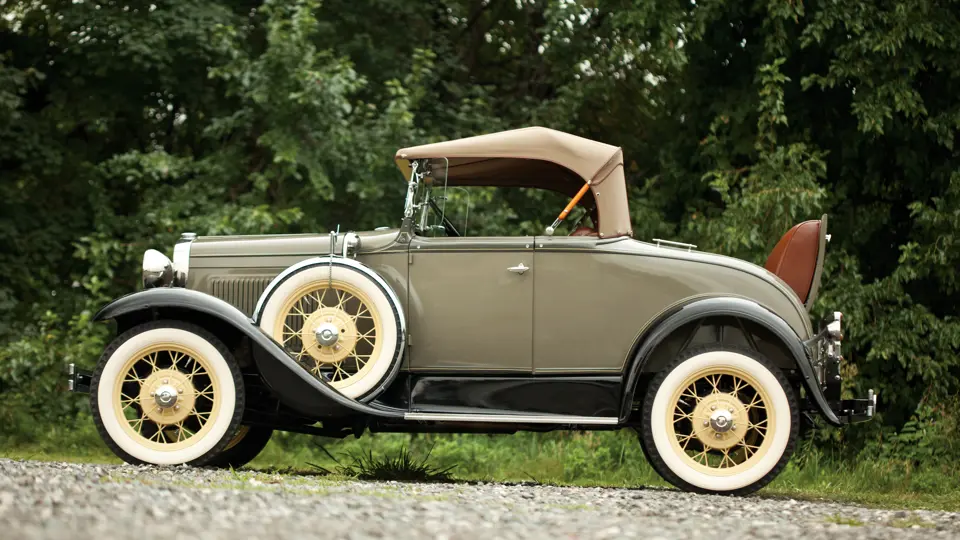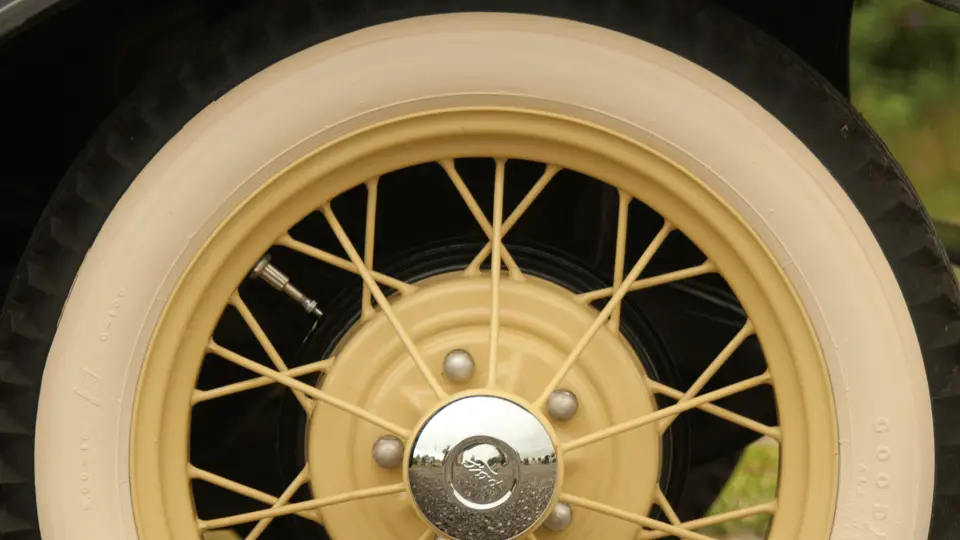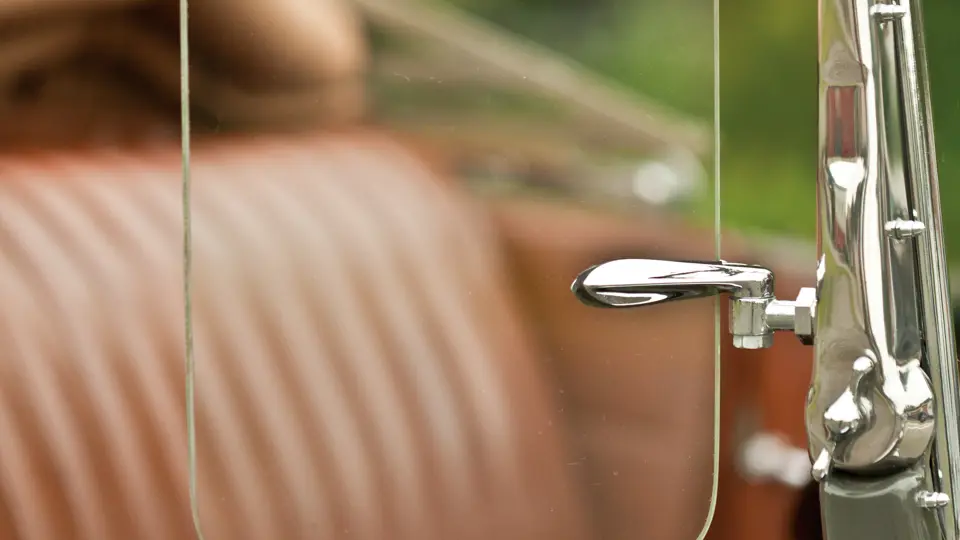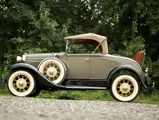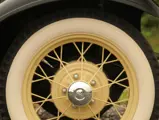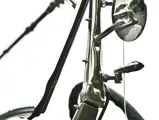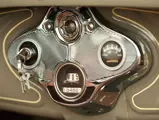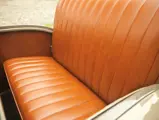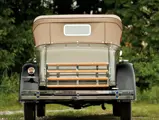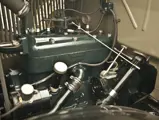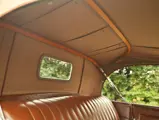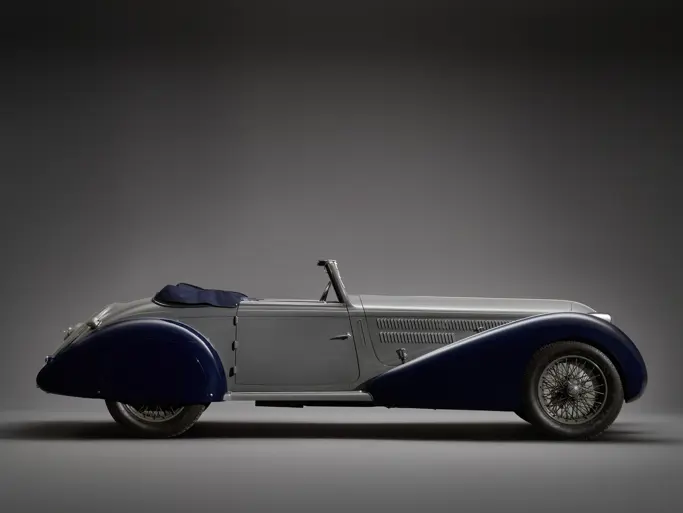40 bhp, 200.5 cu. in. four-cylinder inline L-head engine, three-speed manual transmission, solid front axle with transverse semi-elliptic leaf spring, live rear axle with transverse semi-elliptic leaf spring, and four-wheel mechanical drum brakes. Wheelbase: 103.5 in.
• Past AACA National First Prize winner
• Lovely, older restoration
After dominating the American scene for nearly 20 years, production of the Model T ended. Could Ford come back with a subsequent model? The answer was yes! The Model A proved to be immensely popular and its shorter longevity was more a reflection of the times and fierce competition from the likes of Chevrolet and Plymouth.
For 1930, the Model A Ford received a significant facelift that brought it up to date for the new decade, and an estimated nine million turned out to see the latest version. Ford followed the trend towards larger tires on smaller 19-inch wheels, which reduced the overall height and added to the sleekness and stance of the design. Adding to its good looks was a larger, chrome-plated vertical radiator grille, wider fenders, and a heftier cowl area. More nickel and stainless steel gave the second generation Model A an overall brighter look.
Roadster and phaeton models gained fold-down windshields, and Deluxe and Standard roadsters now had different roof lines. The Deluxe had a shorter windshield, a lower profile top, and featured cowl lights, twin taillights, and a trunk rack. In mid-year, a Deluxe phaeton, with two doors and the lower roofline, was introduced. In 1930, just nine percent of roadsters were the Deluxe model. This example was fully restored some years ago to a very high degree. After restoration, it was awarded a Senior Badge by the AACA, followed by a National First Prize Award.

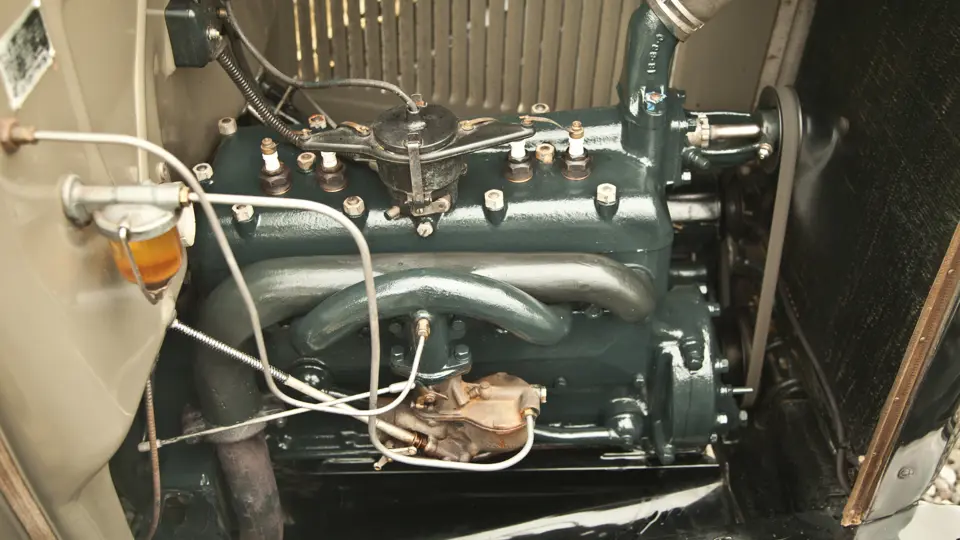
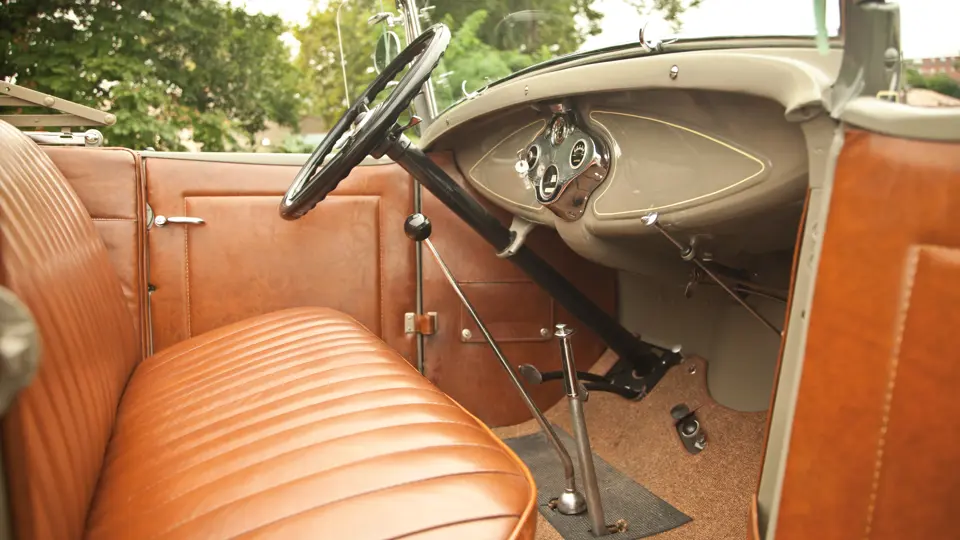

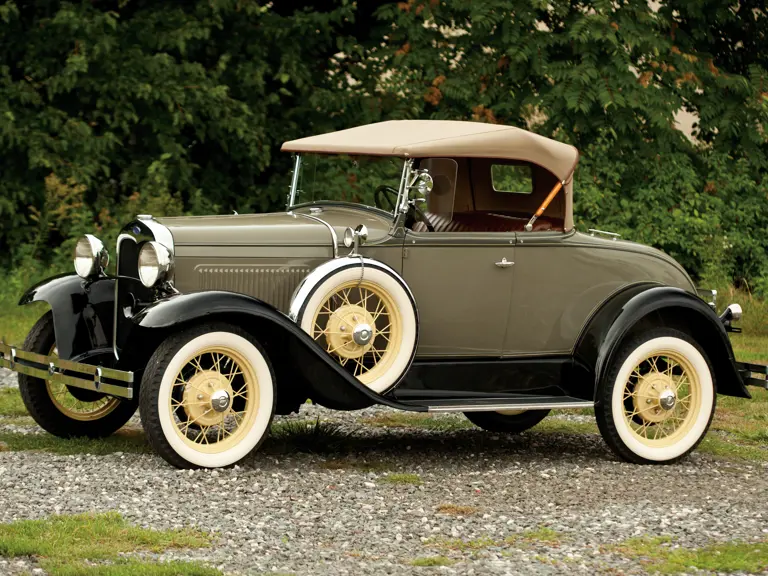
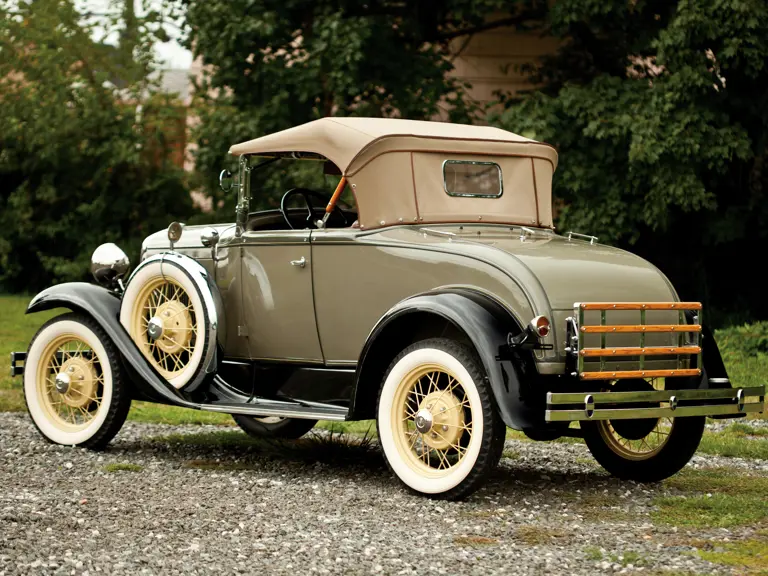

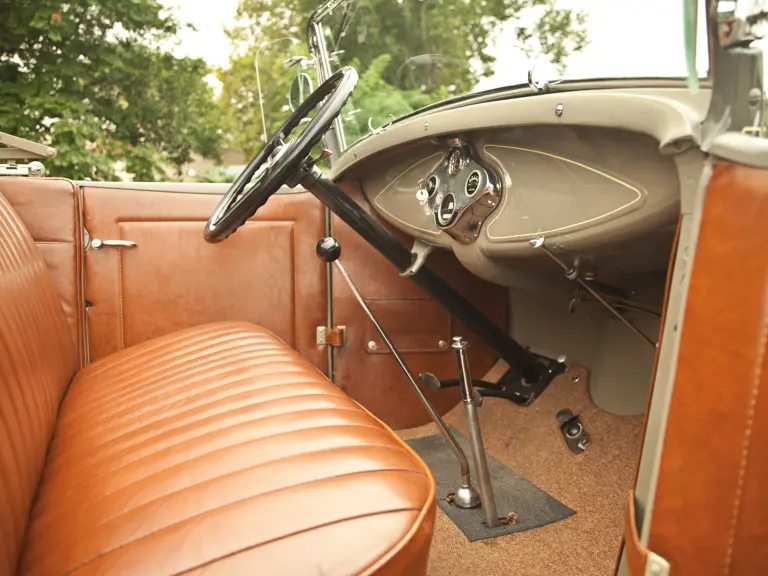



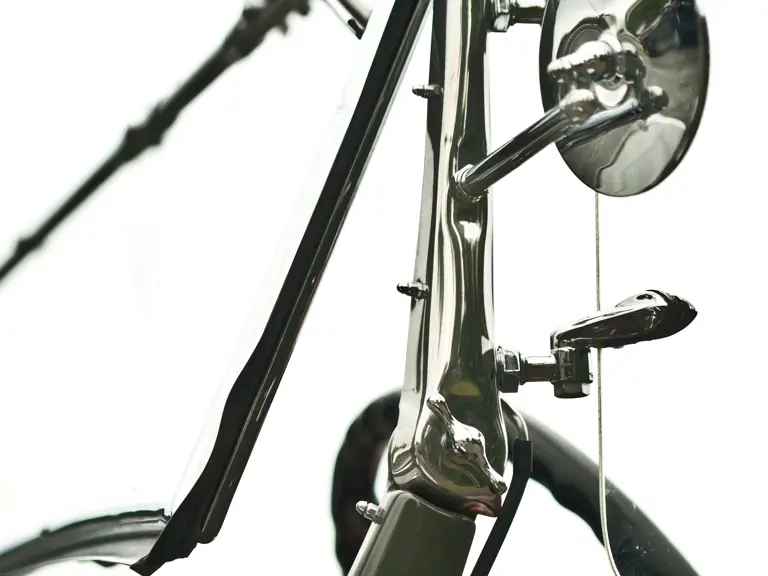
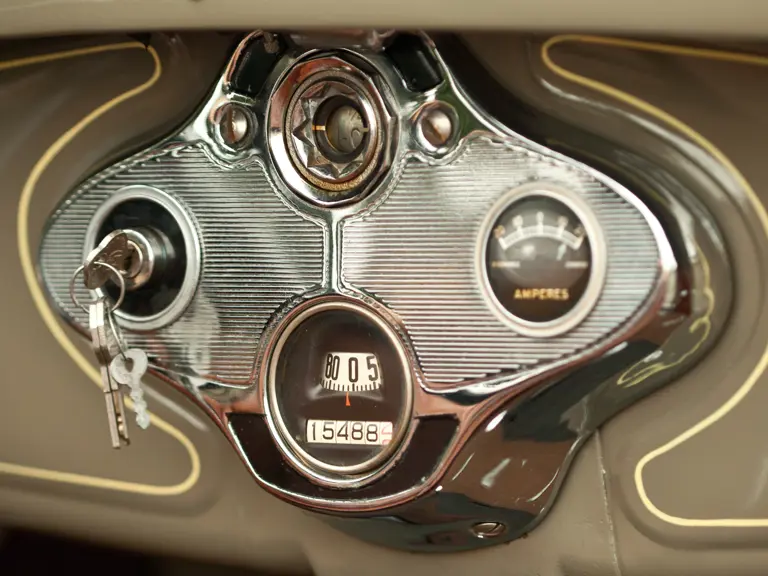
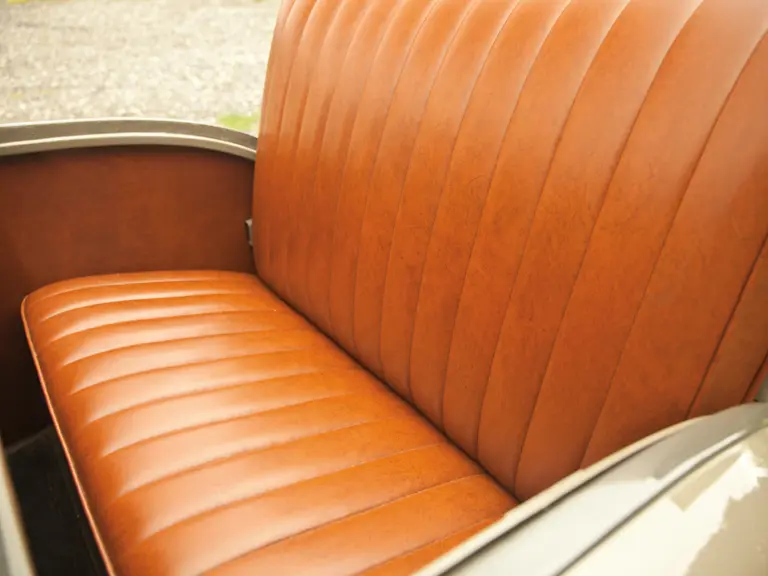
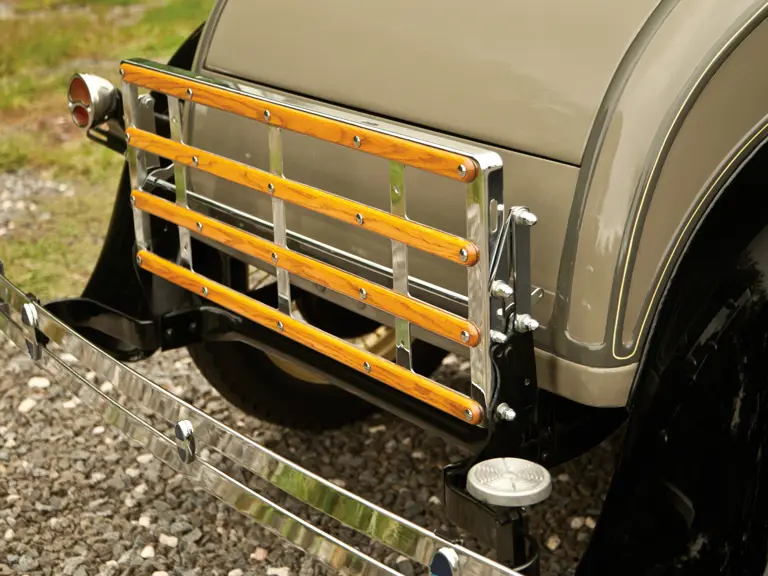
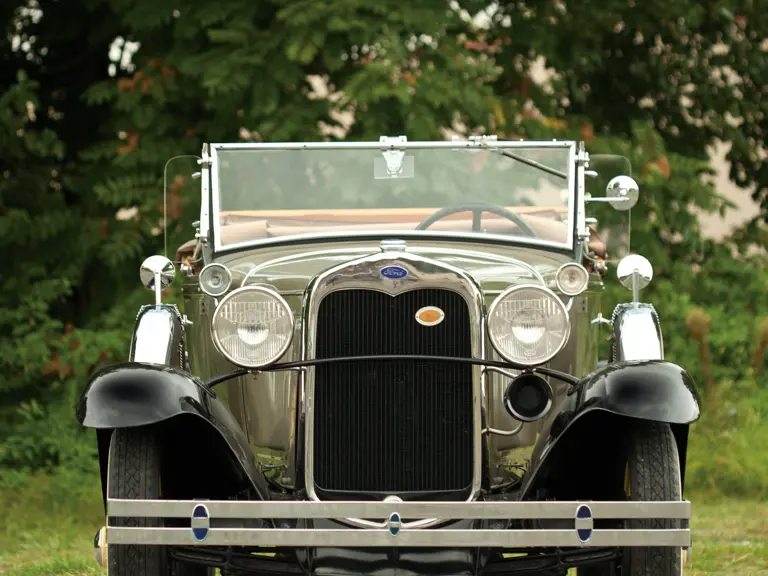

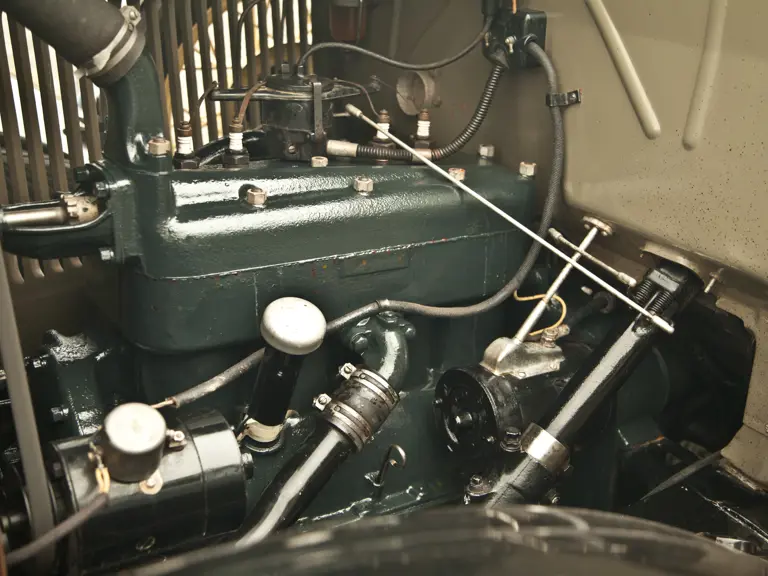


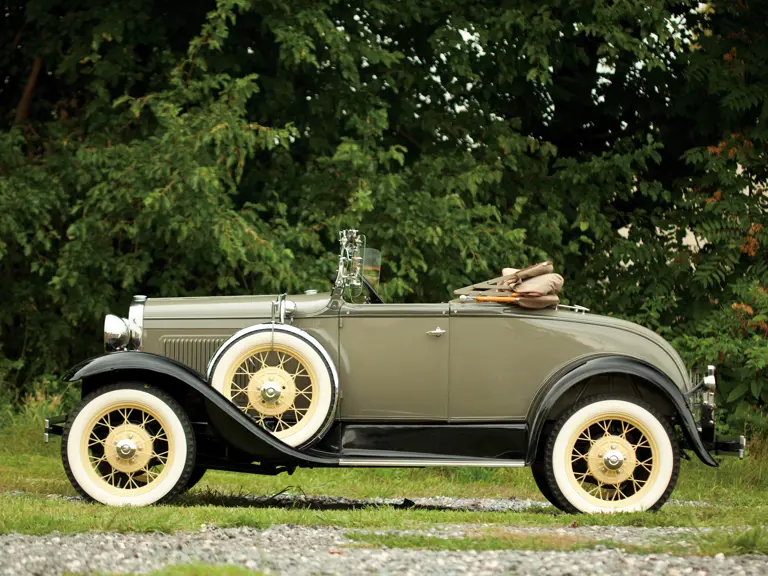
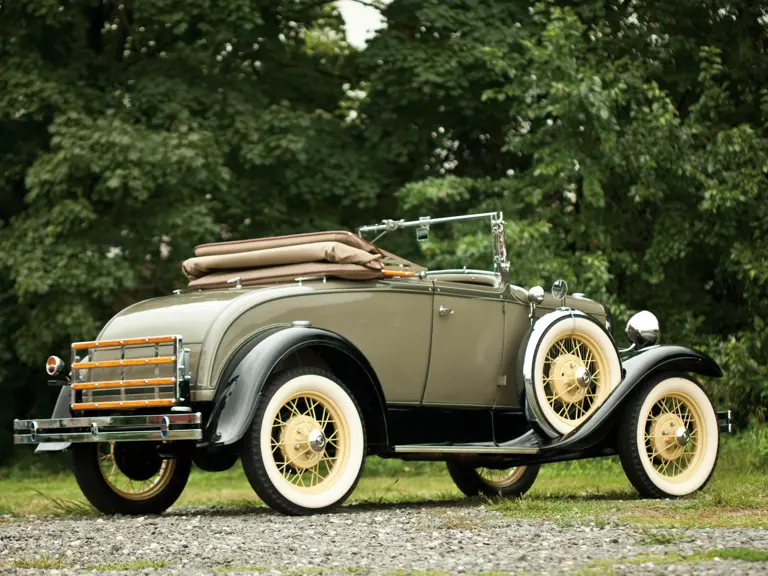
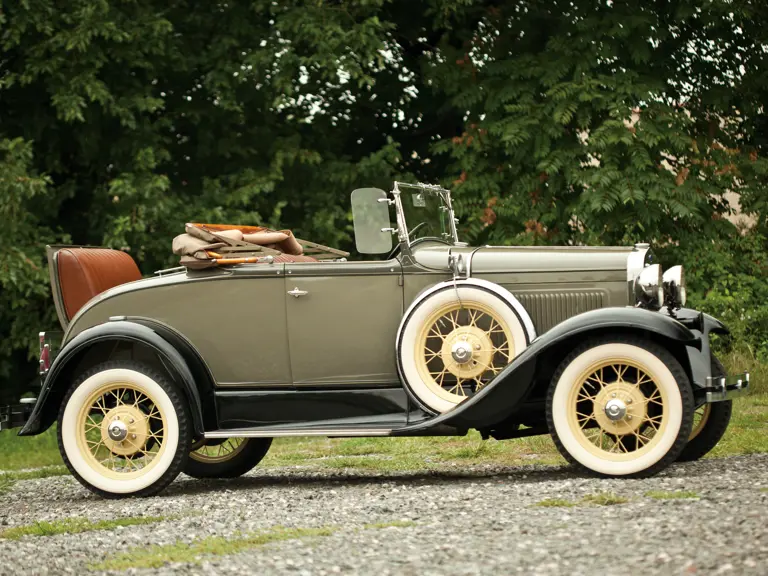
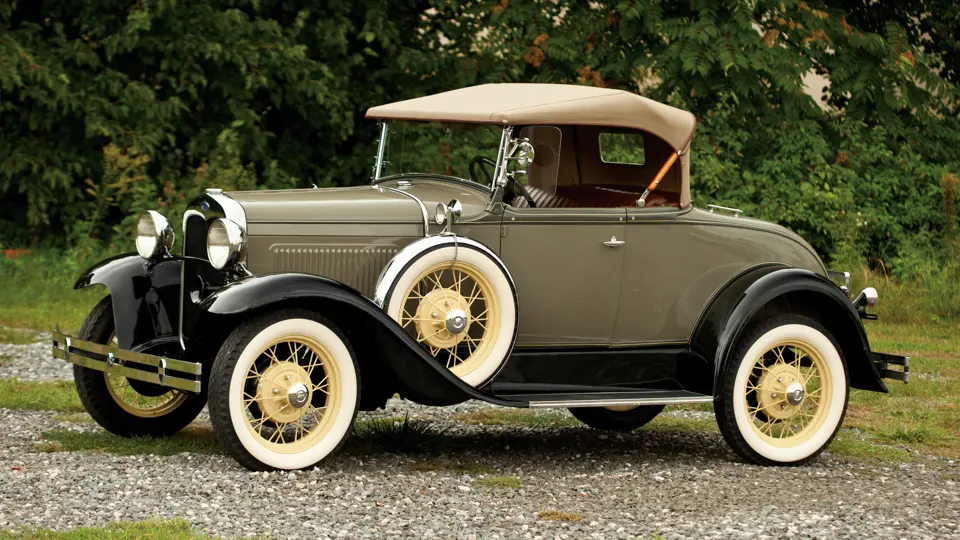
 | Hershey, Pennsylvania
| Hershey, Pennsylvania
